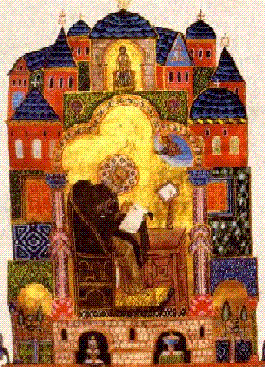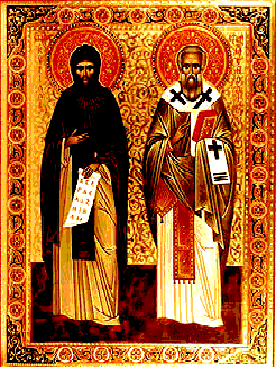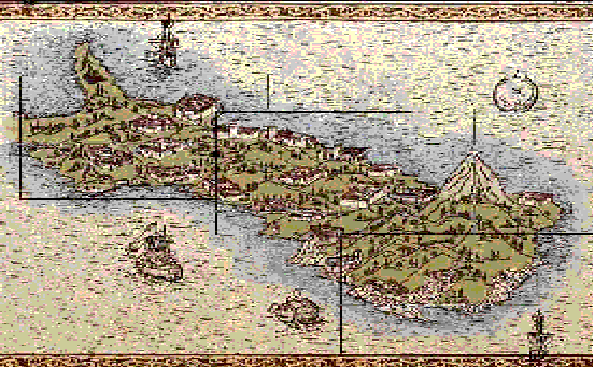Mission & Conversion in Byzantium

Two Main Periods of Mission and Conversion in Byzantium
- First Period: Justinian & Theodora
- Theodora the Monophysite: Almost all missions were monophysite, trying to establish support for themselves, and Theodora behind it
- Intertwine of Political and Religious Goal to gain allies of Empire
- St. John of Ephesus: Converted pagan communities inside the empire
- Armenian Christians
- East coast of Black Sea on the Caucasus Mountains
- Back and forth with Persians
- Led to a fast acceptance of Muslim religion in the region
- Tzani-steppe pastoralist northeast of Black Sea
- Ruler of the Huns-Grod, went back after baptism and was killed by fellow kinsmen because he was seen as a traitor to Byzantines
- King of the Herules (middle Danube area): Germanic tribe came to Constantinople to be baptized
- Nubia: gold and upper Nile region
- Slow Missionary expansion between 7th and early 9th centuries
- Second Period: Conversions were more of a response of the emperor to threats than an outward mission of Christianization

- Rivalry with Muslims
- Rivalry with the Muslims was one of the main reasons the emperors of the 9th and 10th centuries were such staunch evangelists
- The emperor had to refute the critiques of Christianity by the leaders of the Muslim religion and look like the superior society, intellectually as well as militarily
- Cyril sent in missions to Arab caliph to negotiate prisoners, while there engaged in first known dispute with Muslim Mullahs to defend Christianity against polytheism, quotes verse from the Surah
- The Russian Conversion: sent embassies to visit Constantinople after an earlier Rus ruler, Olga, had been converted there, but did not succeed in converting the Rus
- Khan Boris of Bulgaria: threatened to accept Christianity of Louis the German, King of the East Franks
- King of Moravia

- Cyril and Methodius were first called upon by the emperor and felt their task was not just to convert, but to teach and educate with an emphasis on explaining the Orthodox faith
- The Glagolitic/Cyrilitic Alphabet, which created a new cultural niche a new mode of thinking for the expansion of language and shaped the eastern continent for years to come
- Key roles of the elite important for conversion:
- Nicholas Mysticus letter to the archbishop of Alania
- Boris of Bulgaria encountered opposition from leading men
- Olga of Kiev's son remained a pagan for fear of his people laughing at him
- Monks in the outskirts of societies were said to be influential because of their pious asceticism, especially in the northern Caucasus Mountains where monks played an important role in the "official" mission to the Alans of the tenth century and beyond. Letter of Nicholas Mysticus mentions these monks

- The Athonite monks had more effect on the Rus than did the people sent from Constantinople
- Mt. Athos

- Great Lavra founded by Saint Anthony the Rus

- Cave Monasteries of Russia important for Russian Christianity
- Cherson-Crimean Port
- Tepe Kerman: rock cut churches source of conversion
- Chersonite clergy more like the Barbarians, Khazars and Rus
- Rus Visitors and clergy visiting Dneiper region

- Questions for Consideration:
- Why were there so many religious missions sent out from Byzantium?
- Assess the emperor's role in the history of Byzantine Missions.
- Compare the Byzantine missions to the Rus with those to other peoples.
- How successful were Byzantium's religious missions?
- What was the role of the host-ruler in Byzantine mission work?
- How was the language barrier surmounted in Byzantine mission work?






